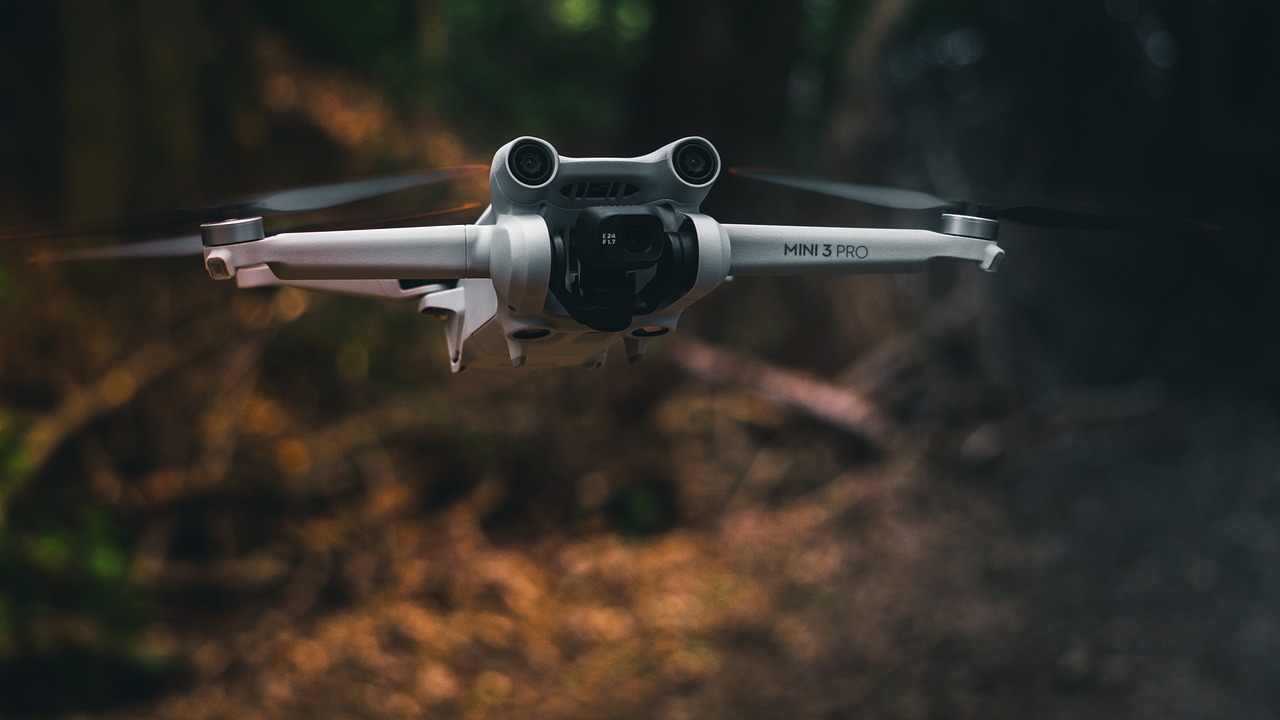DJI’s groundbreaking decision to eliminate geofencing is set to redefine the drone experience. Here’s what it means for users and regulators.
Key Points at a Glance
- DJI has announced the removal of geofencing restrictions in its drone software, a major policy shift.
- The change aims to provide users greater flexibility while placing the responsibility of compliance on operators.
- Critics warn of potential misuse and safety concerns, emphasizing the importance of accountability.
DJI, the world’s leading drone manufacturer, has announced a transformative change: the removal of geofencing restrictions from its drone software. This bold move, effective immediately, aims to grant users greater control over where and how they fly, eliminating a feature that has been both praised and criticized for years.
Geofencing is a technology used by drone manufacturers to create virtual barriers around sensitive areas, such as airports, military zones, or urban landmarks. These restrictions prevent drones from taking off or entering these zones unless specific permissions are granted. For years, DJI’s implementation of geofencing has been a hallmark of its commitment to safety and compliance with airspace regulations.
However, geofencing has also been a source of frustration for many drone operators, particularly professionals who require access to restricted areas for tasks like filming, inspections, or emergency services. Users often criticized the feature for being overly restrictive and for occasionally blocking operations even in legally permitted scenarios.
With the removal of geofencing, DJI has shifted the burden of compliance to the drone operators themselves. In a statement, DJI emphasized that users must adhere to local regulations and exercise responsible flying practices. “Our goal is to empower users while trusting them to operate within the legal frameworks,” the company explained.
This newfound freedom allows operators to use their drones without the delays associated with unlocking geofenced areas. Professionals in industries like filmmaking, agriculture, and infrastructure inspection have already expressed enthusiasm, citing improved efficiency and fewer operational hurdles.
Despite the benefits, critics have raised concerns about the potential misuse of drones in sensitive or restricted areas. Without geofencing as a safeguard, there is an increased risk of unauthorized flights near airports, military zones, or public events. Regulators worry that the lack of automatic restrictions could lead to more incidents of airspace violations or accidents involving drones.
Organizations like the Federal Aviation Administration (FAA) in the United States have responded cautiously, urging drone operators to remain vigilant. “This change underscores the importance of education and accountability in the drone community,” an FAA spokesperson noted.
DJI’s decision to remove geofencing marks a significant turning point in the evolution of drone technology. By prioritizing user autonomy, the company has opened new possibilities for how drones can be integrated into professional and recreational activities. However, it also places the onus on operators to ensure that this freedom is not abused.
As the drone industry continues to grow, balancing innovation with safety and compliance will remain a critical challenge. DJI’s move signals a bold step forward, but it also serves as a reminder that with great power comes great responsibility.
